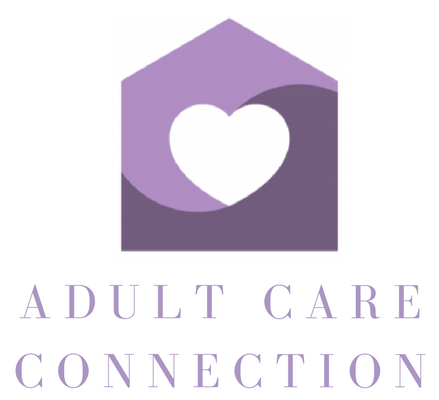ASSISTED LIVING BASICS: MEMORY CARE
/MEMORY CARE UNITS:
COSTS:
Memory Care is a setting in assisted living communities or assisted living homes (care homes) with specialized care programs designed for people who have different forms of dementia such as Alzheimer's, Parkinson’s with dementia, cognitive deficits due to a stroke or other debilitating events, diseases or brain injuries. Costs for care in this setting can range from $4000 to $8000 per month depending on various factors including location, current availability, age of the building itself and the level of care assigned to each resident by the community’s nurse or manager.
SETTING:
In the assisted living community setting, the memory care unit is a secured (locked) portion of the building or a secured (locked) free-standing building that is comprised of a select amount of private and/or shared apartments similar to regular assisted living apartments, but usually lacking the kitchenette for safety purposes. The apartments are arranged along shorter hallways than standard assisted living buildings commonly are and there are various activity areas and a smaller dining room as well as a much higher staffing ratio than in standard assisted living.
STAFFING:
Staffing ratios vary by community, but typically they try to keep the ratio close to 1 caregiver for every 6- 8 residents. Unfortunately, at night time, this ratio can change dramatically to be about 1 caregiver for every 15 or more residents, which can be a real problem for residents who are up and about during the night. It has become common practice among many (but not all) memory care units for such residents to be medicated to sleep during the night.
LIFESTYLE:
Memory care units host a number of daily activity programs such as music therapy (sing alongs), movies, live presentations of special interest, gardening, arts and crafts, etc… and are usually somewhat active environments with enough open space for residents to roam around the halls and central areas as well as supervised and secured outdoor courtyard areas accessible during fair weather days.
RESIDENTIAL MEMORY CARE HOMES:
COSTS:
Costs can range from $2800 - $6000 per month depending on many factors that include such things as geographical location of the home, current availability in the home, private or shared room, care needs of the resident as determined by the care home owner or manager, etc…
SETTING:
In the residential care home setting, memory care is comprised of a home that is secured (locked) with door alarms in place and usually anywhere between 4 to 10 bedrooms that can be arranged either as private rooms or shared (1 roommate) rooms depending on each resident’s needs and budget.
STAFFING:
Care homes that specialize in memory care usually keep a staffing ratio of 1 or 2 caregivers to every 5 residents and many of them offer awake (on shift) staff through the night with a ratio of 1 awake caregiver for every 5 residents. There are often some light activities going on throughout the day, such as card games or other table centered games, chair exercises, music therapy (such as sing alongs) and a lot of television watching. Memory care in the residential care home setting tends to be much quieter and
less active than memory care units in the larger assisted living communities.
LIFESTYLE:
It is important to note that any memory care setting is dramatically affected by the functioning level of the current resident population. If a place is absolutely lovely and well appointed with many well designed activity programs, but the current resident population is very low functioning (more advanced stages of dementia), then regardless of programming, the place is not going to have much activity going on. This type of setting would be wildly inappropriate for a resident who is very high functioning and requires a lot of mentally stimulating activity and social interaction.
Likewise, if a place has a lot of high functioning residents, there will be a considerable amount of activity (and noise) during the day. Such a setting would be terribly overstimulating for a resident with advanced dementia who may become agitated or anxious in such an active setting.
For more information about memory care options for your specific situation, please contact us at 480-380-2348 or by email at info@adultcareconnection.com















